Blog
What's it like to be a States of Incarceration tour guide?
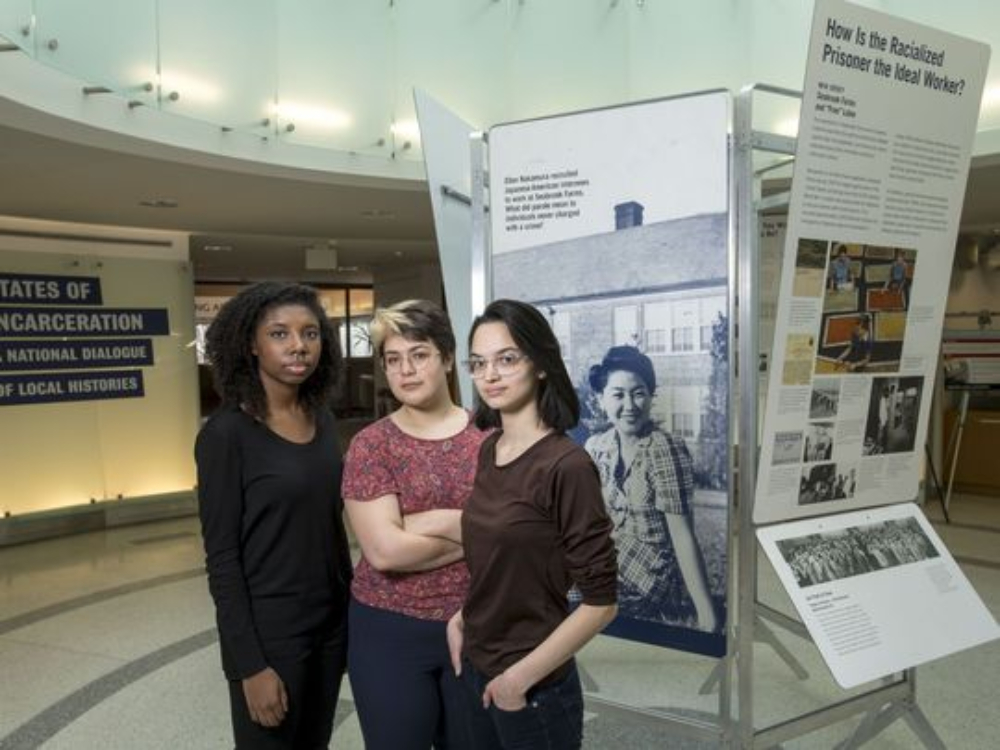
Editor's Note: This summer the HAL team was honored to have Lilah and Jazmyn as our interns. Together they helped us expand the HAL digital archive to include transcriptions of the interactive portion of the exhibit. Lilah and Jazmyn, along with fellow Rutgers student Rachel Ferrante, served as tourguides at the Mabel Smith Douglass Library in New Brunswick this spring, where they facilitated dialogue among their peers as they visited the exhibition. In this roundtable, Lilah and Jazmyn tell us a bit about their experience. Their responses have been edited for clarity and length.
Shana Russell (Program Manager, States of Incarceration): How did the two of you become involved with States of Incarceration?
Lilah...
Program Manager's Corner
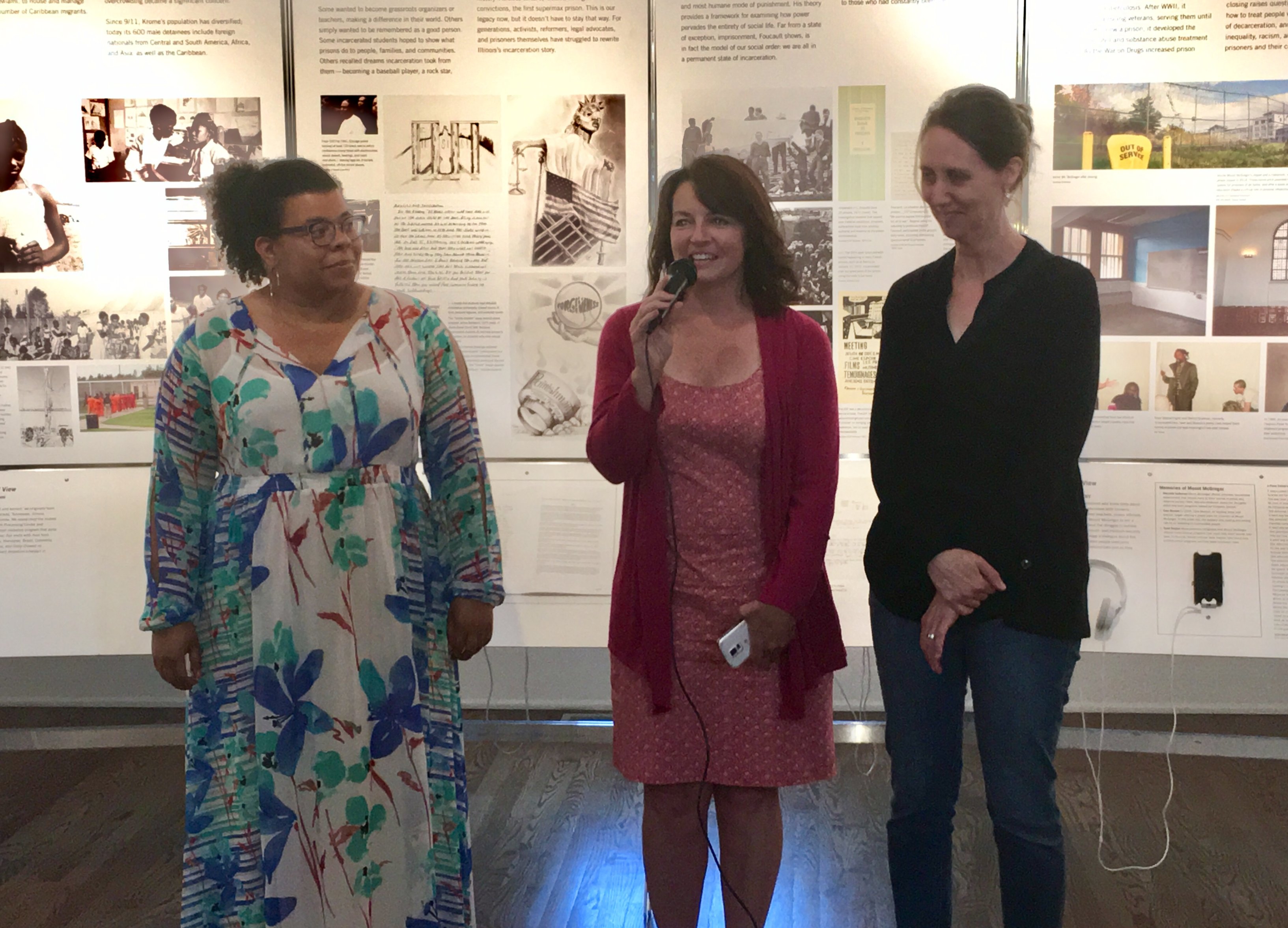
Welcome to the rebirth of the States of Incarceration blog! Historically this has been a space to showcase the brilliant work written by students at HAL’s partner universities. This time we want to pull back the curtain on all that it takes to create and sustain this project as it continues to grow. This means continuing to highlight students in addition to faculty, community organizations, librarians, curators, advisors, members of the community, exhibit tour guides, etc.
Here at the Humanities Action Lab, process is product, after all. There is so much more to what we do than what one might see in the physical exhibit. And we want to share that process with you. Starting with a few thoughts...
Carceral Power and the Geography of Incarceration in Massachusetts: Pt. 2
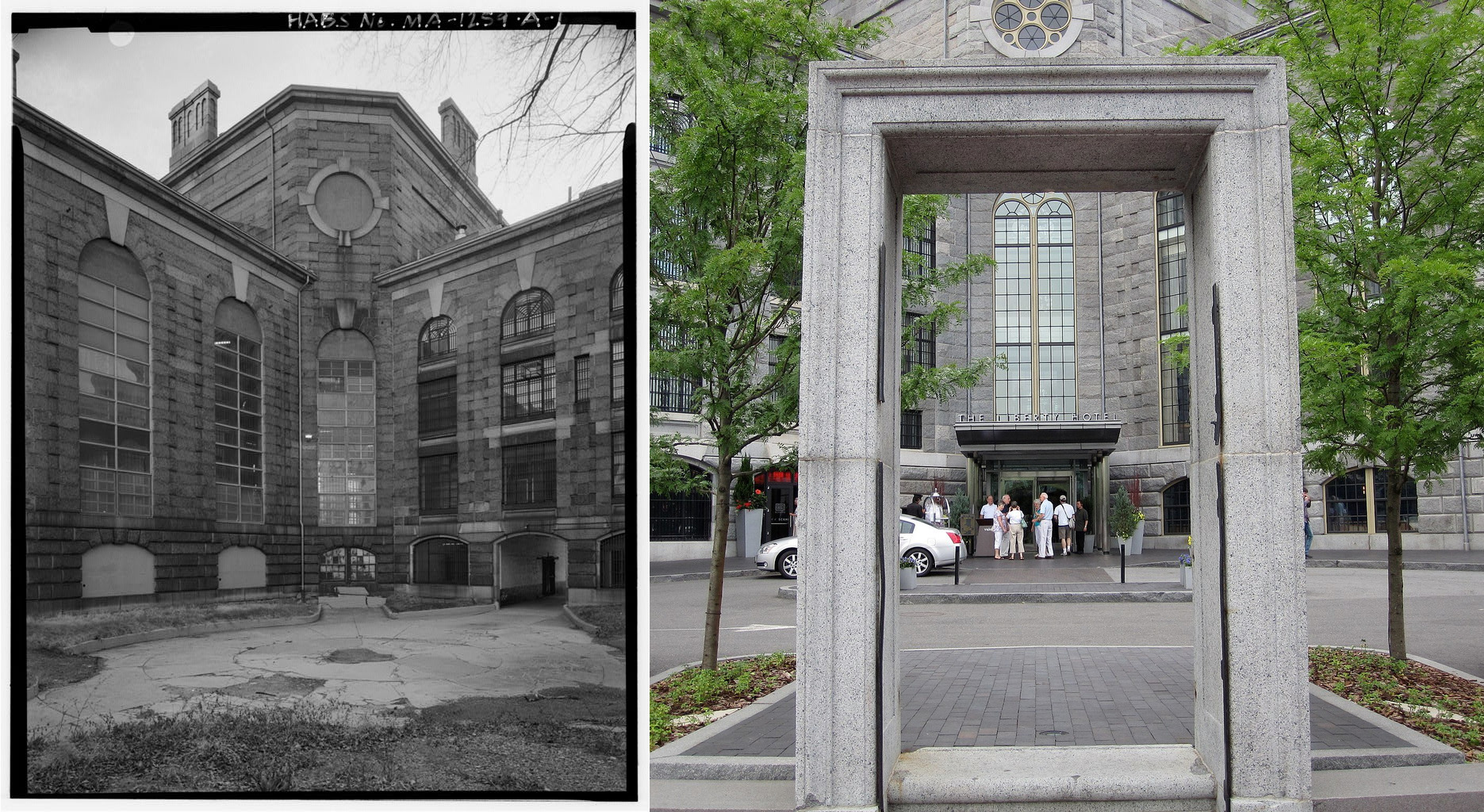
Editor's Note: This is part two of a two-part blog about the contributions of Northeastern public history students to the local States of Incarceration exhibition in Boston. Read part one here .
One of Northeastern's local panels, produced by public history graduate student Kara Zelasko, looked at the intersection of past and present through the historic preservation of the former Charles Street Jail. While the jail retains much of its original appearance, it now serves the public in a very different context.
The Charles Street Jail finally closed its doors in 1973 after decades of overcrowding and dilapidated conditions. With a $150 million budget, developers transformed the building into the boutique Liberty Hotel. Guests can...
Carceral Power and the Geography of Incarceration in Massachusetts
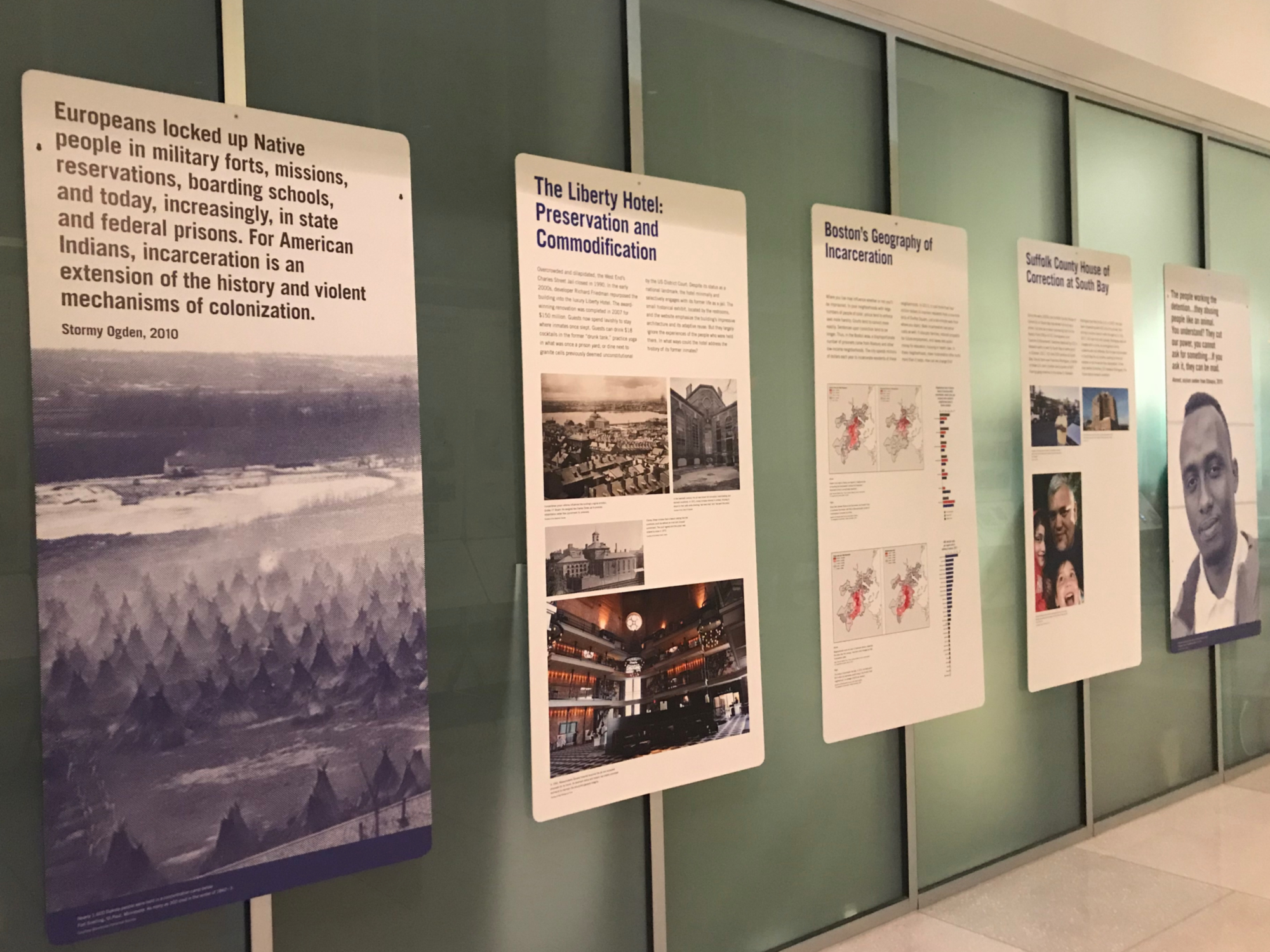
Editor's Note: This is part one of a two-part blog about the contributions of Northeastern public history students to the local States of Incarceration exhibition in Boston.
In 2016, Northeastern University public history graduate students contributed a panel about the Norfolk Prison Debate Society to the traveling States of Incarceration exhibit. When the exhibit was on display at Northeastern in 2018, it featured six additional panels focusing on Boston’s local history of incarceration produced by a different cohort of graduate students in a Public History of Incarceration seminar taught by Dr. Martin Blatt.
These panels looked at historical examples of incarceration at Deer Island, Charles Street Jail, Dorthea Dix’s activism, and Malcolm X’s Boston in addition...
Honoring History at Bucknell University
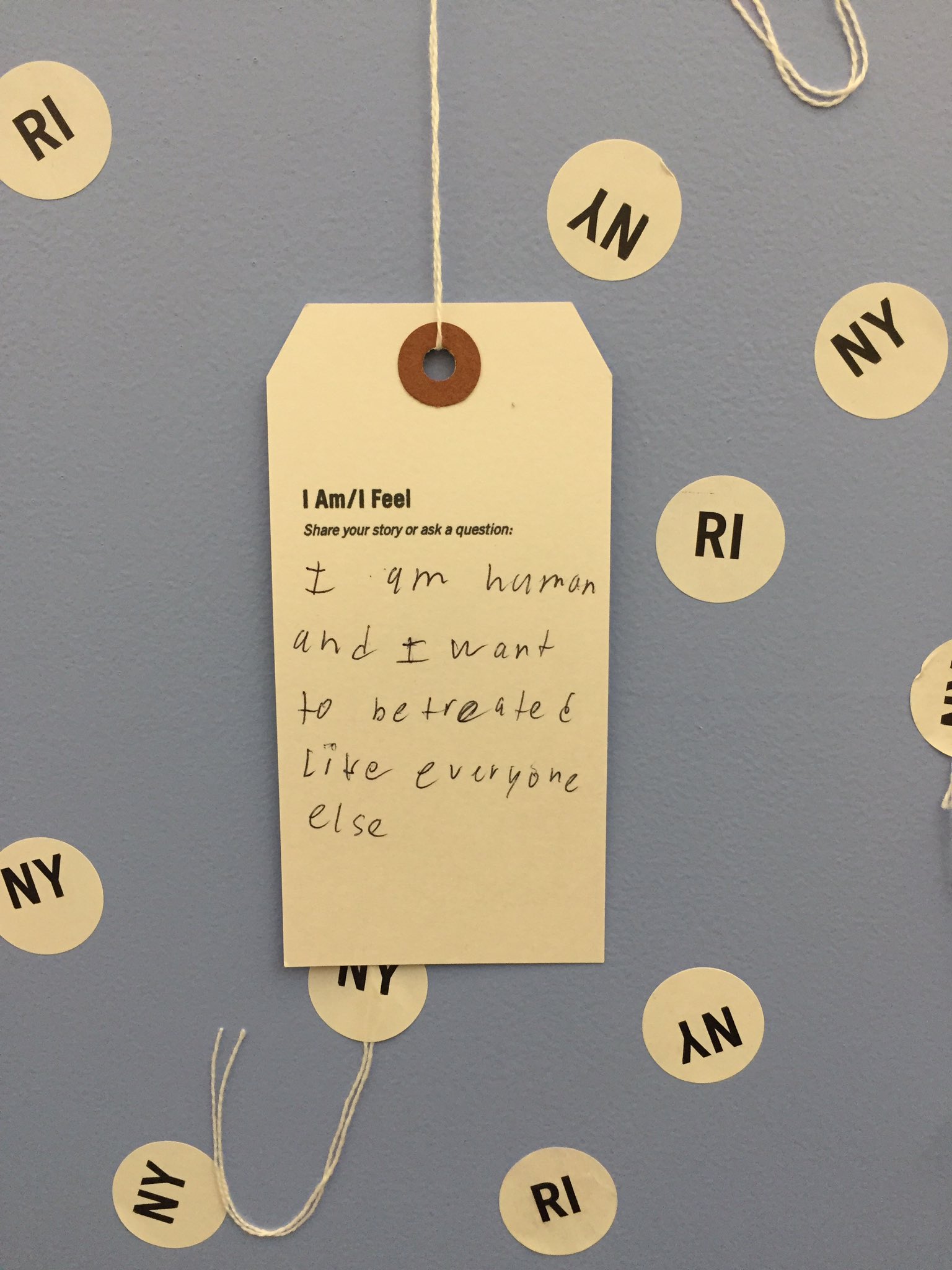
Refugees at Work: the U.S. History of Capitalizing on Captive Labor
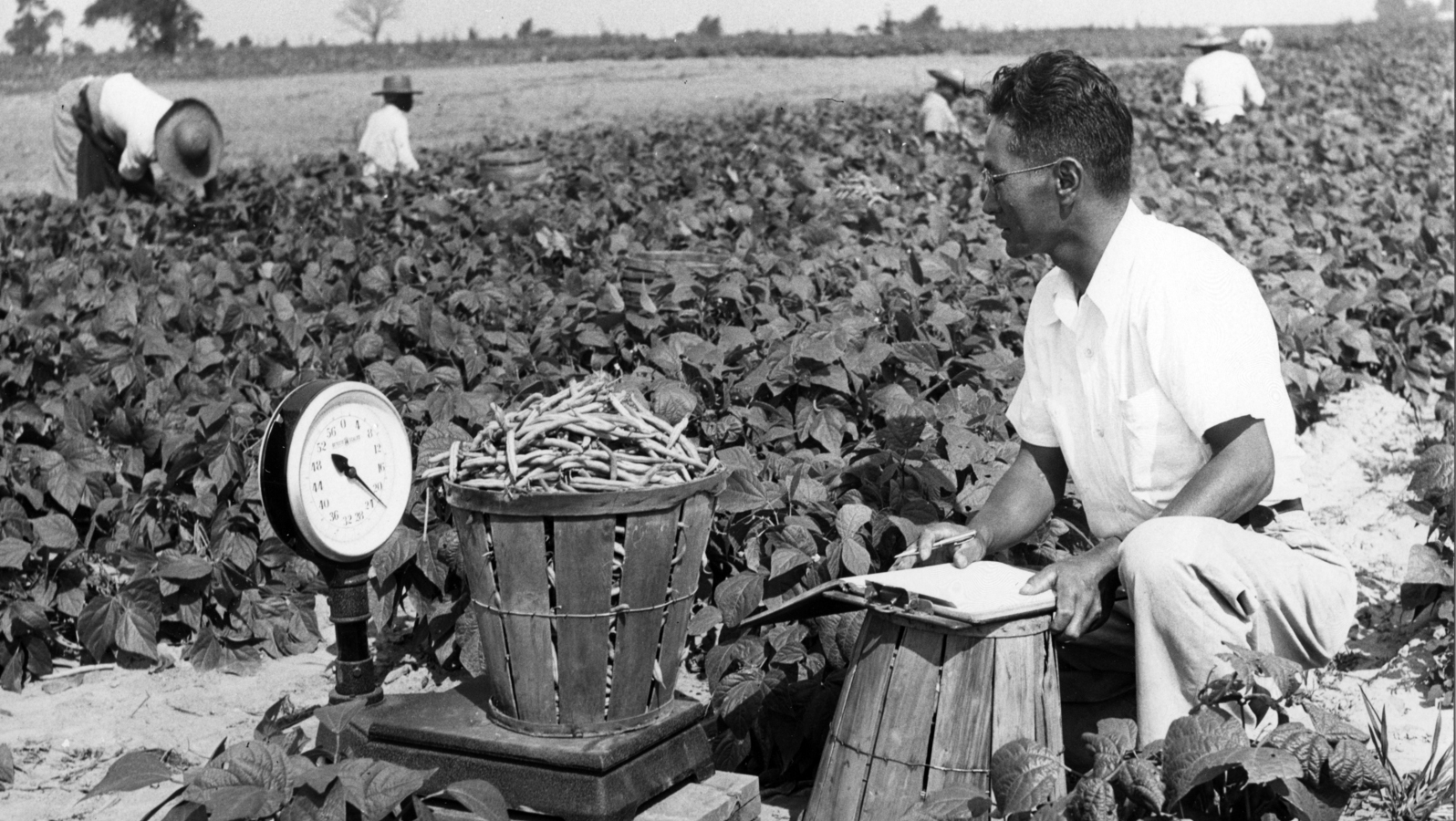
The States of Incarceration exhibit module Seabrook Farms and “Free” Labor: How is the racialized prisoner the ideal worker? explores the complicated immigrant labor history of Seabrook Farms. The frozen vegetable plant was a successful producer of suburban household staples during rise of consumerism. The company’s labor practices told a different story. Seabrook Farms labor camp was the largest agribusiness in the United States by 1950, with 6,000 employees at its peak. As the CEO, Charles Franklin Seabrook received the reputation of compassionately relocating refugee groups into the Seabrook Farms community. He also made calculated business decisions to take advantage of refugee displacement, monopolizing on racialized captive labor that would bring him certain financial gain. Seabrook...
UNO Film Series Focuses on Incarceration
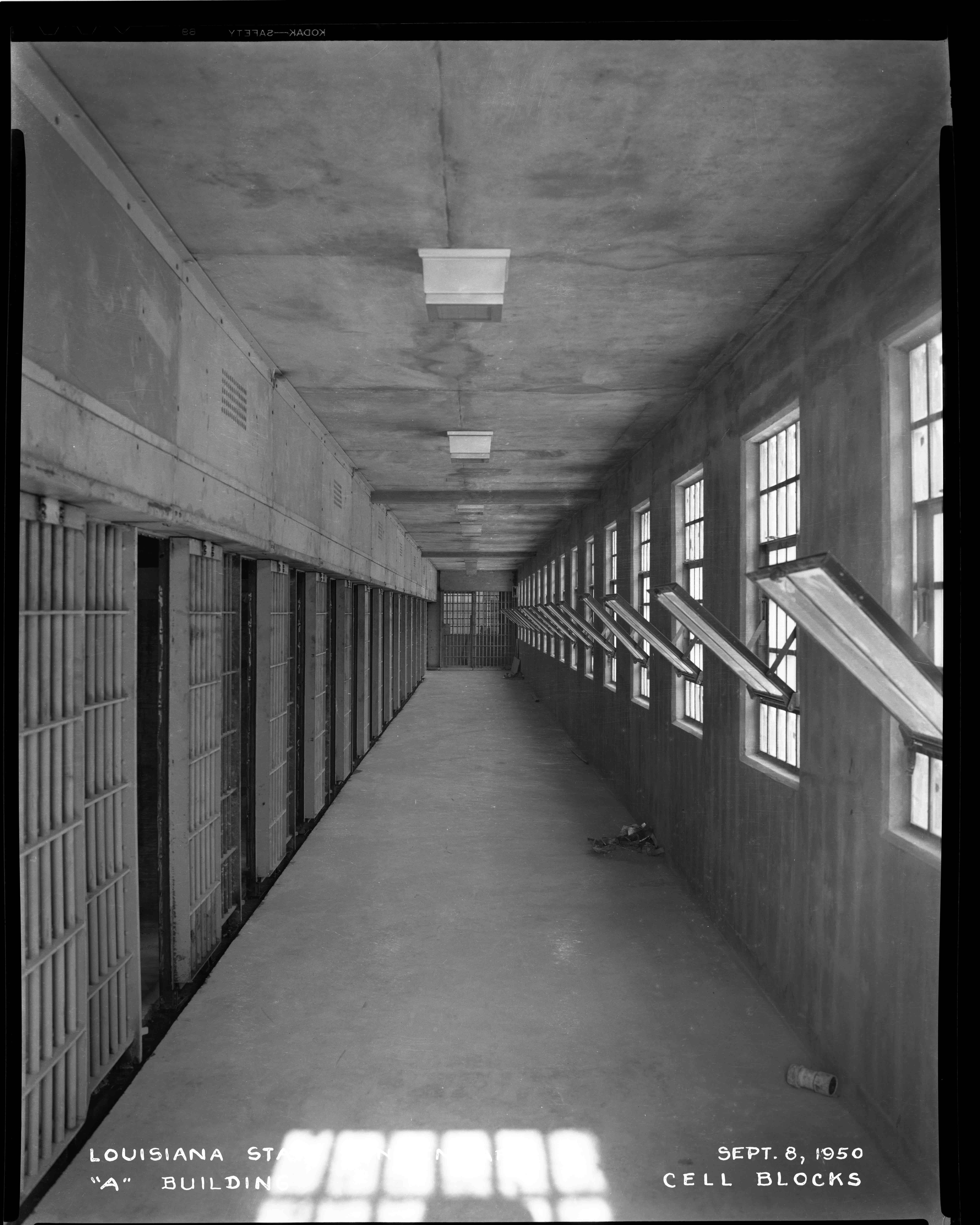
The University of New Orleans’ chapter of the national history honors society Phi Alpha Theta is sponsoring a series of film screenings this fall about incarceration in Louisiana These events are also co-sponsored by The Midlo Center for New Orleans Studies.
The films in this series are chosen to accompany Ben Weber’s class on the history of policing and prisons that will be contributing to the Humanity Action Lab’s national traveling exhibit on mass incarceration. UNO will contribute pieces on various aspects of Louisiana State Penitentiary, better known as Angola, in the past, present, and into the future. By screening these films on campus, Phi Alpha Theta also hopes to start a dialogue among the UNO community about the...
Crimmigration and Immigrant Detention in South Florida
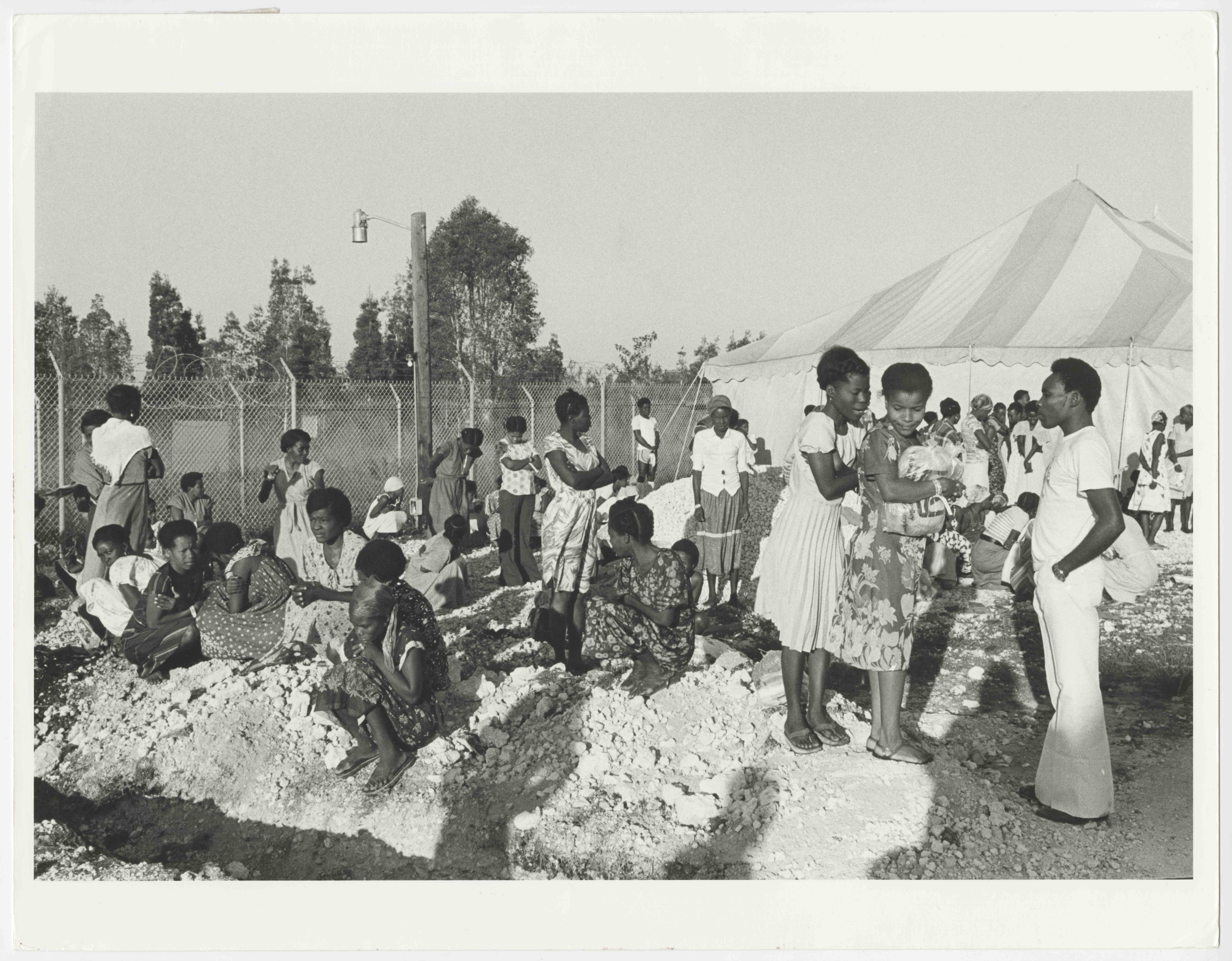
On the first day of class, I had no idea what detention centers were. I loosely knew about immigration and deportation, yet never considered what stood between the two. I honestly was under the impression that once immigrants were identified by authorities, they were immediately sent back to their countries of origin. In South Florida alone, there are two immigrant detention centers. Krome Detention Center, located about thirty five minutes west of my university, is run by U.S. Immigration and Customs Enforcement. Broward Transitional Center, located about forty minutes north of my university, is owned and run by GEO Group. The concept of privatized detention centers was what came as the biggest shock to me. I had no idea that...
Incarceration Present and Past: 2015 and 1829

Photo by Lou Weinstein, Gothamist, gothamist.com/2015/10/25/photos_artist_locks_himself_in_cage.php#photo-2
October 25, 2015: Artist Lech Szporer staged art installation The Cage Project in front of “The Tombs,” the Manhattan Detention Complex. In an orange jumpsuit and handcuffs, Szporer stood in a locked cage to protest mass incarceration. A prison abolitionist, Szporer expressed support for the bipartisan Sentencing Reform and Corrections Act of 2015 and desire to render the invisible visible in a statement:
“I am staging this disruption because the scandal of mass criminalization, incarceration, and neglect in America is horrific, inhumane, and an issue of grave urgency. Not only do we need to pass the Sentencing Reform and Corrections Act of 2015 – We should abolish prison as the dominant mode...
Incarceration Past and Present: 1951 and 2015
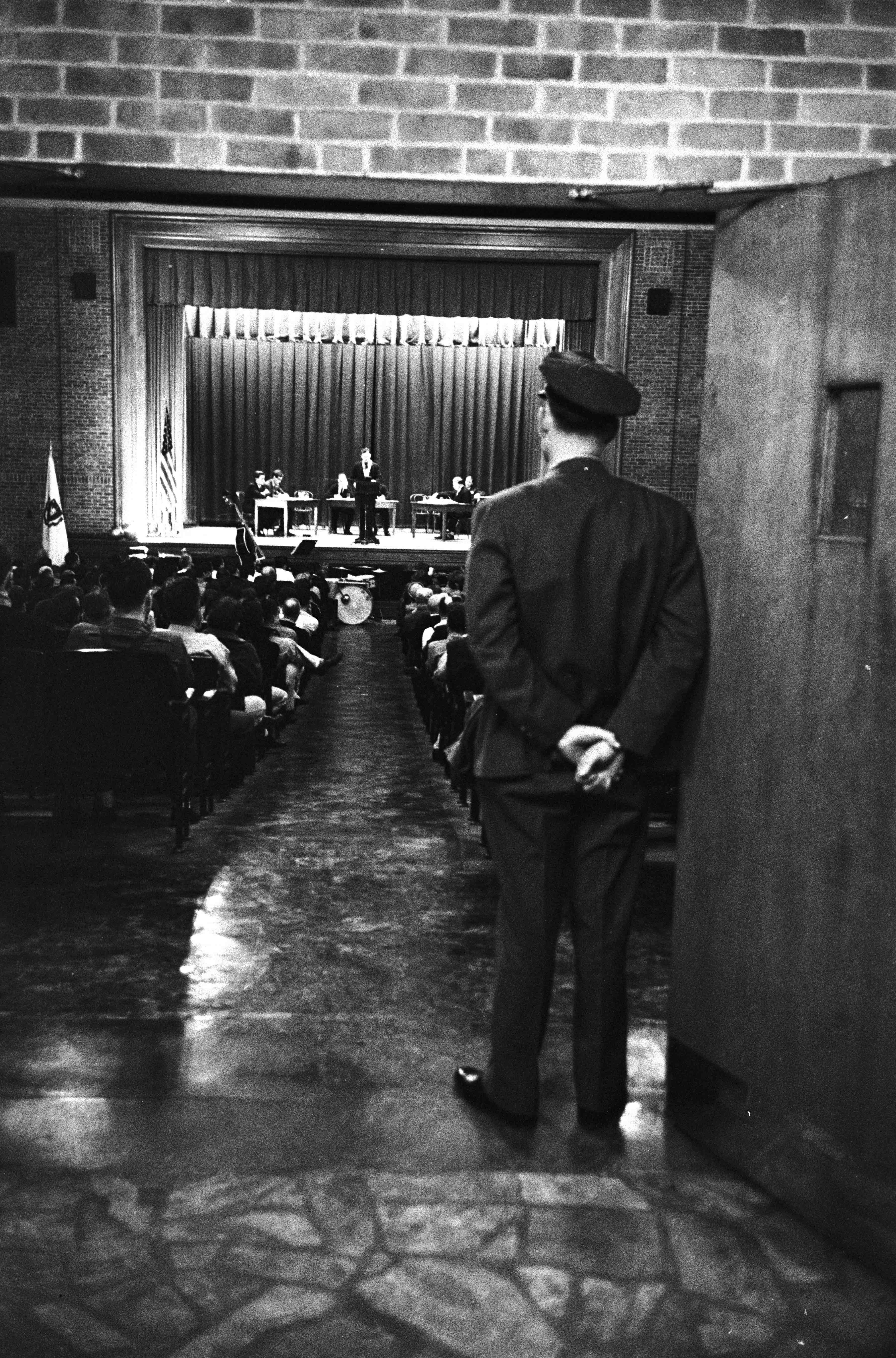
On March 5, 1951, students incarcerated at MCI-Norfolk in Norfolk, Mass., beat Harvard debate society in a debate about the welfare state. Started in 1933, Norfolk Debate Society’s history and success has gone largely undocumented. By 1966, Norfolk Debate Society’s outstanding record was 144 wins, 8 losses, and included victories over top opponents: Yale, Princeton, West Point, Oxford, MIT, and Harvard. As a young man incarcerated at MCI-Norfolk, Malcolm X was a member of the Norfolk Debate Society from 1960 to 1964. While incarcerated, Malcolm X copied the dictionary beginning to end, a painstaking effort to free his mind with literacy. He read and wrote voraciously, paving the way for his entrée into the Norfolk Debate Society, the publication of...
- 1 of 6
- next ›